Ein Ex-Entwickler schreibt ein Buch über die Entstehung von World of Warcraft
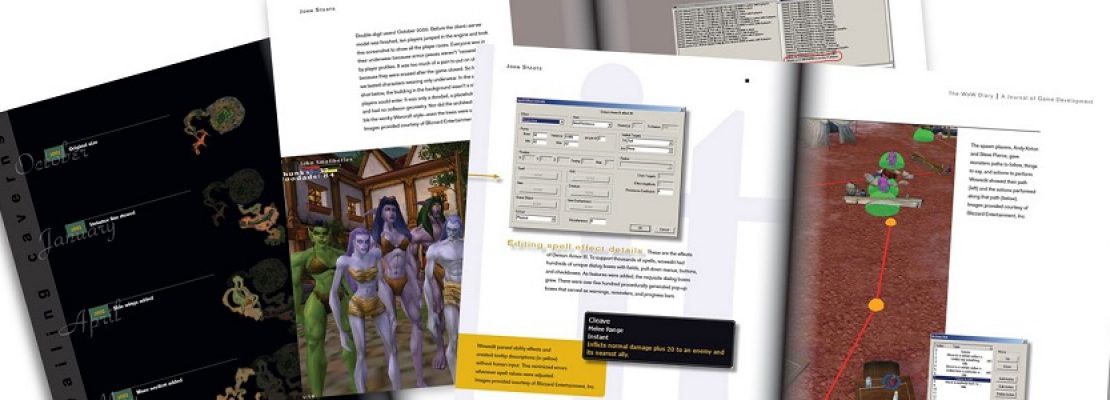
Auch wenn der Name „John Staats“ den meisten Spielern von World of Warcraft nichts sagen wird, so war dieser ehemalige Mitarbeiter von Blizzard Entertainment aber dennoch sehr stark daran beteiligt, wie ihre Spielerfahrung in Classic abgelaufen ist und auf welche Weise sie die bis Cata vorhandene Spielwelt erlebten. In seiner Funktion als 3D Level Designer war John Staats damals nämlich unter anderem für den Aufbau und das Design einer Vielzahl der älteren Zonen mitverantwortlich. Zu den von diesem Spieleentwickler erschaffenen Gebieten gehören beispielsweise die Kriegshymnenschlucht, die Außenbereiche von Karazhan, der gesamte Schwarzfels, der Tempel von Ahn’Qiraj und Scholomance und die Goblinstadt Beutebucht.
Als John Staats mit dieser Arbeit bei Blizzard Entertainment anfing, handelte es sich beim ihm interessanterweise noch um einen kompletten Neuling in der Spieleindustrie, weshalb er viele seiner damaligen Erfahrungen, Gespräche mit anderen Entwicklern und gelernten Tätigkeiten auch in umfangreichen Notizen zum erneuten Betrachten festhielt. Diese vor Jahren erstellten Unterlagen fungieren nun als Grundlage für ein von diesem ehemaligen Entwickler geschriebenes Buch mit dem Namen „The World of Warcraft Diary“, welches den Lesern sowohl die Arbeit von Blizzard Entertainment als auch den Entstehungsprozess von World of Warcraft näher bringen soll. Neben rund 95,000 Wörtern beinhalten die 336 farbigen Seiten dieses Projekts dann auch noch insgesamt 130 qualitativ hochwertige Bilder, die Momente der Entwicklung, Ausschnitte aus bestimmten Programmen oder Szenen aus dem unfertigen World of Warcraft zeigen.
Um dieses eigentlich bereits fertiggestellte Projekt zu finanzieren und die teilweise enorm hohen Druckkosten von hochwertigen Büchern zu begleichen, startete John Staat vor Kurzem eine eigene Kampagne auf Kickstarter, deren erstes Finanzierungsziel bei 324.839€ oder 400.000 US-Dollar liegt. Wer durch diese Spendensammlung gerne eine Version dieses Buches erhalten möchte, der muss mindestens 32 € für diese Kampagne ausgeben. Diese Kosten stellen einen realistischen Preis für aufwendig produzierte Buchbände, hochwertige Bildergalerien oder mit mehr als 100 Seiten ausgestattete Graphic Novels dar.
Ausschnitte aus dem Buch:
I’d be remiss to omit my initial reaction to Blizzard’s development area. The Team 2 area was a dump, decorated like someone’s basement. At a glance down the hallway, I could see that half of their florescent lights in the ceiling were burned out. The closest thing to a kitchen was a tiny microwave next to a sink filled with dirty dishes. Food stains, blackened with age, had been ground into the carpet. The halls were littered with spent halogen floor lamps and torn cardboard boxes filled with discarded toys and books. The conference tables were cluttered with soda bottles and stacks of unused condiments, and these tables were orbited by a graveyard of broken and unmatched office chairs. A set of black leather couches faced haphazard angles with no purposeful direction. The walls were covered with dog-eared posters, and every desk and shelf was laden with dusty statues and action figures. People walked around wearing shorts and flip-flops. All evidence indicated this was not an ego-driven environment, and it struck me as a very comfortable place—a person could just plop down and get to work. These offices were so dissimilar from Madison Avenue that I wondered how I would fit in. I didn’t even own jeans or sneakers; all my clothes were work related (slacks, dress shoes). Was it possible that this casual atmosphere shared the same work ethic as the career-driven culture I knew from in Manhattan?
“Everybody get back to their places!” Mark Kern shouted down the hallway. After spending two hours filming a scene of characters running together downhill, everyone’s patience was stretched thin. A dozen or so people were trying to film scenes for a gameplay trailer (to accompany our announcement), and no one liked the results. “Get ready! One, two, three—go!” After a few moments, groans and recriminations erupted. “Who didn’t go?! We have two people not running!” Onlookers quietly chuckled and shook their heads at the debacle. Shane Dabiri was on the other side of the building, filming in a cinematics office. Someone leaned into Shane’s temporary recording studio and explained that not all the actors in the game had speakerphones. Once again, shouts carried through the office hallway directing the actors to return to their places. While the programmers shut their doors, the easily distracted artists gathered to watch the train wreck but just as quickly grew bored watching the process. Like movies and television, the majority of time spent on a film set wasn’t spent filming—it was an exercise in waiting for everyone to get ready.
On the screen about a dozen or so team members had orc and human characters dressed in our newest armor pieces. Devs considered it cool to be in-the-know about the latest features, cheats, and art assets, so everyone was on the lookout for the latest fashion statements. If someone knew about a new helmet, they’d put it on to show off.
News traveled to Shane’s makeshift studio that someone had crashed and couldn’t log back on to the server and there was no way to know how long it would take for them to get back into the game. He talked into his phone, which was conferenced to half of the actors. “There are too many orcs, some of you guys have to be human!” After a brief standoff, someone relented and changed to a human character. “We need to get the sun on the horizon!” someone said on the speakerphone. “Shane, make sure you reset the time of day before you yell ‘action.’”
We learned after losing an entire day to filming that we needed a smoother camera. Our game’s frame rate was great, but the in-game camera was designed for playing, not filming, and its jittery mouse-controlled movements didn’t look very slick. Days later, after the programmers delivered a smoother joystick-controlled camera, the footage was reshot, yet the results only supplied a few seconds of in-game footage.
With exactly one month until the manufacturer had our game on the shelves, the designers began testing the Molten Core’s boss fights internally with forty or so developers from both Teams 1 and 2. The laughable Alterac Valley tests looked coordinated compared to the early raid tests, despite all the debriefing and instructions given. While the designers described each fight in chat (which was ignored), people got bored and made choo-choo sounds prompting others (who found it annoying) to tell them to stop—which only encouraged more choo-choos. Players barely buffed one another, and all communication was done in chat, there was neither voice software or raid interface whatsoever: Players could see health bars of only immediate party members.
Jeff used the DPS meters (damage-per-second trackers, beta add-ons built by fans because we didn’t have internal tools for the job) to measure the combat numbers. Our volunteer group couldn’t pass the trash mobs (mobs were mobile monsters, and trash indicated the rewards for killing them were disposable; hence, trash mobs were “filler” monsters before the boss encounters) without wiping out, so we didn’t even try a boss fight. Even though we wiped (when all forty members died) to every “pull” of combat, Jeff got useful data and took screenshots of the DPS output and combat logs before he moved us on to the next trash mob. Many of us were incredulous that players would be able to kill these monsters. In chat he typed out: “Trust me. Organized raids will be able to get past this content easily.” Between fights, Jeff typed out brief descriptions of the combat mechanics to the unruly group, although there was scant evidence anyone was reading his instructions.
In subsequent raid tests, we confronted our first boss, the lava hounds (we sometimes could kill trash mobs in the tests that followed, but we still lost half of the raid on every pull). Some people forgot to repair their gear after dying so often. After Jeff explained that all the lava hounds needed to be killed within seconds of one another, many of us cheered and typed our approval. We were thrilled to learn WoW was going to have content this difficult. It felt as though we weren’t working on a Blizzard game anymore. Jeff continued to reassure the other developers: “Trust me, once the raiders figure this out, it will be trivial.”
Bilder von Kickstarter:


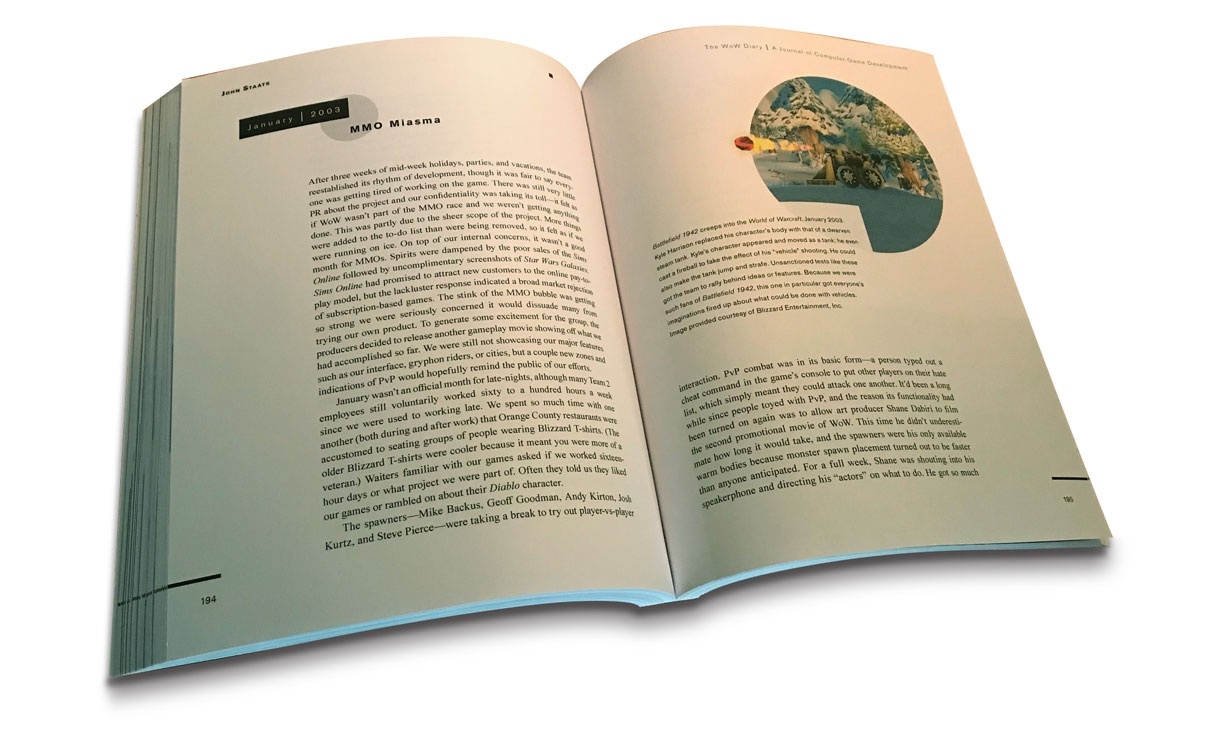

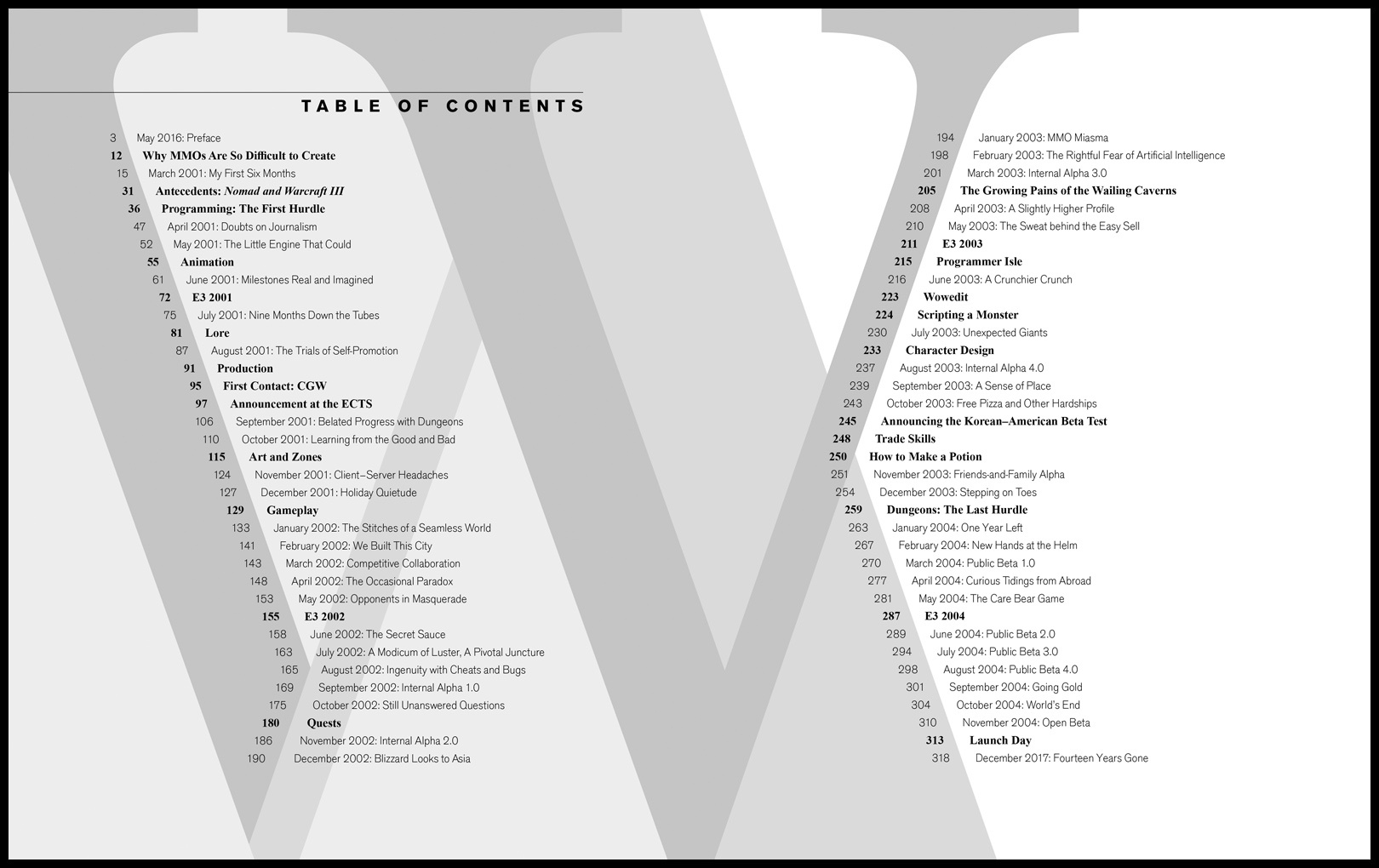
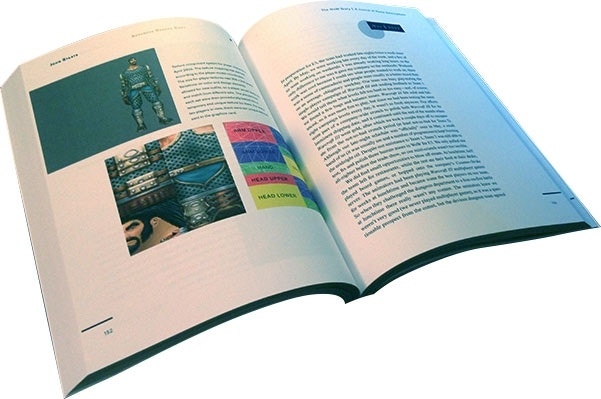
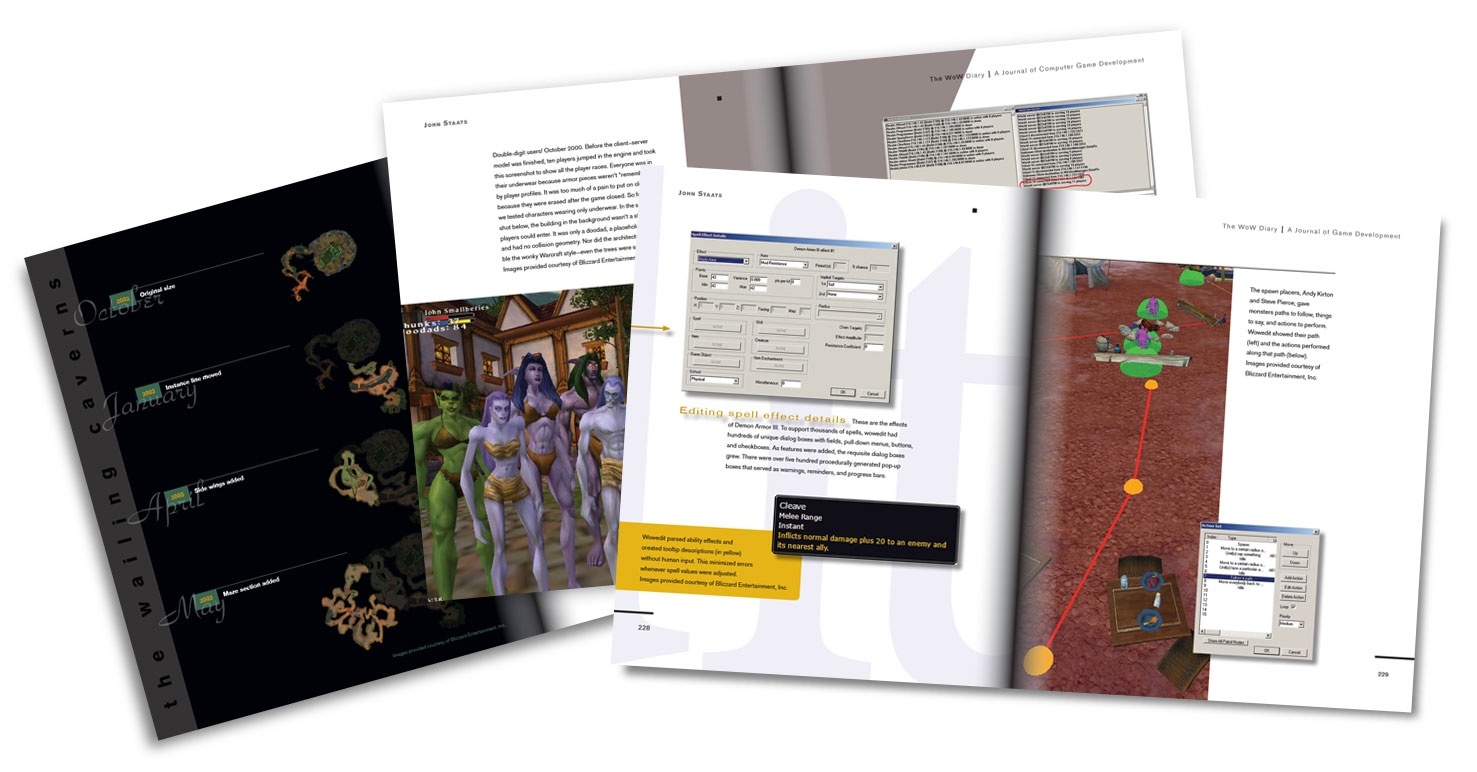


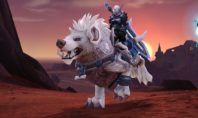
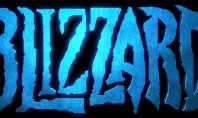

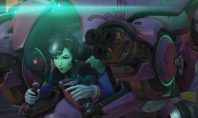




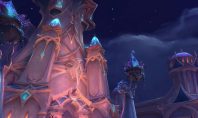
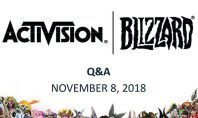
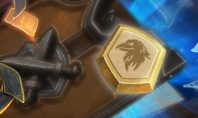





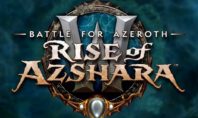

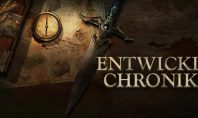


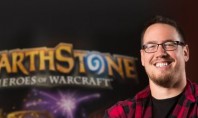

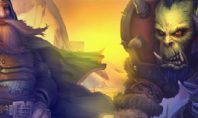











Sehr interessant! Aber darf der das denn einfach so alles veröffentlichen?
Ich denke schon. Ansonsten hätte ihm Blizzard bereits einen Brief/eine Abmahnung geschickt.